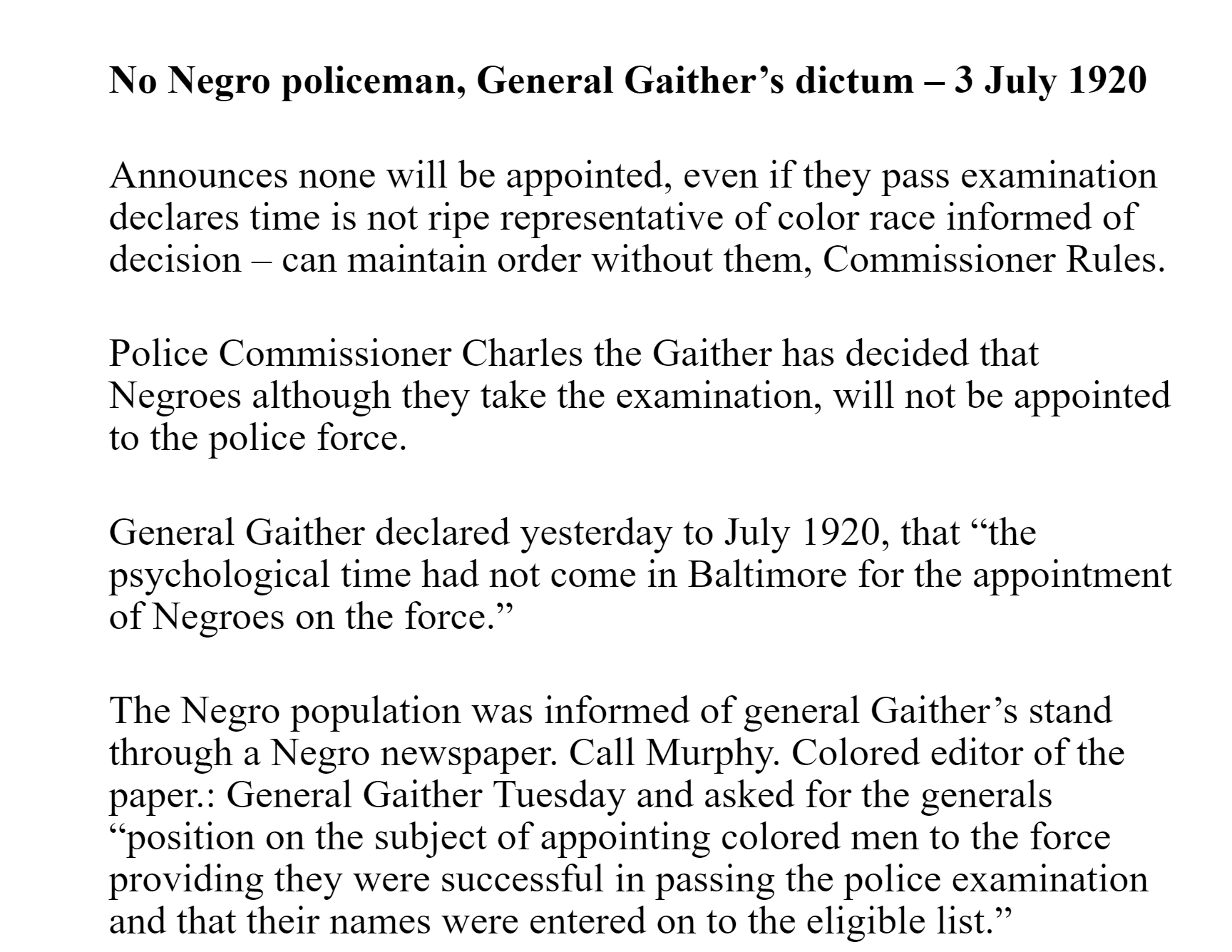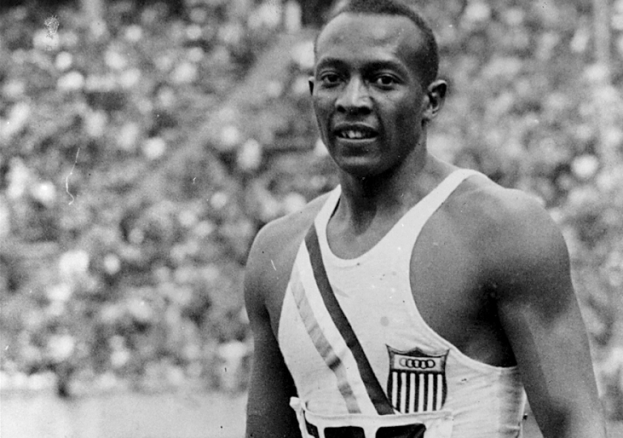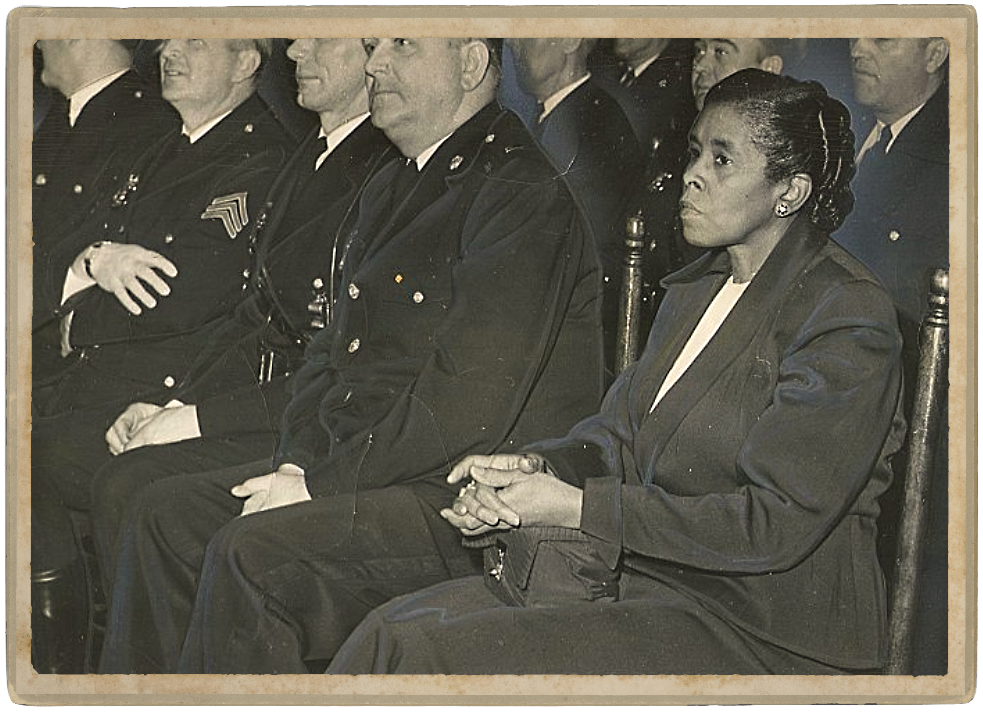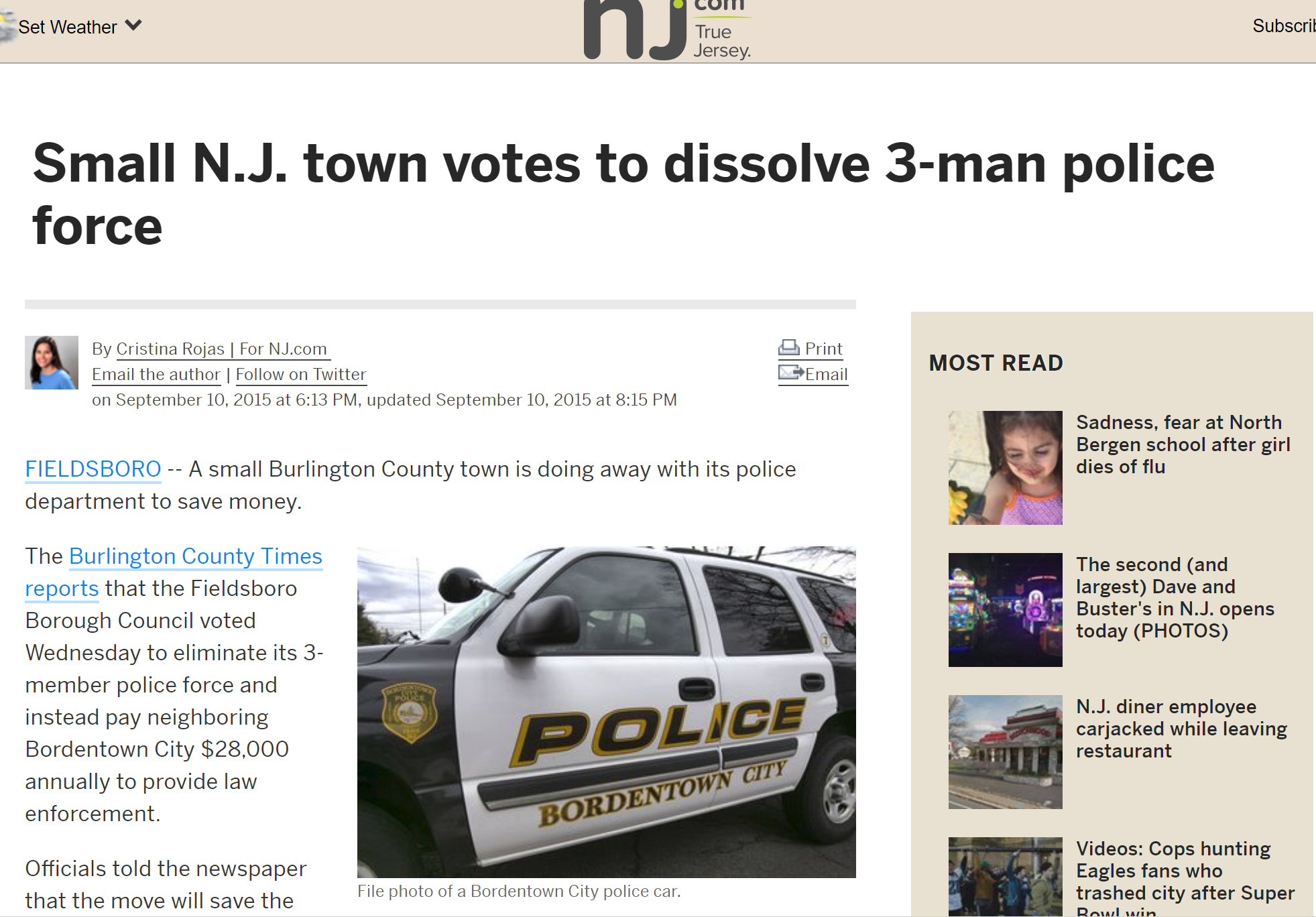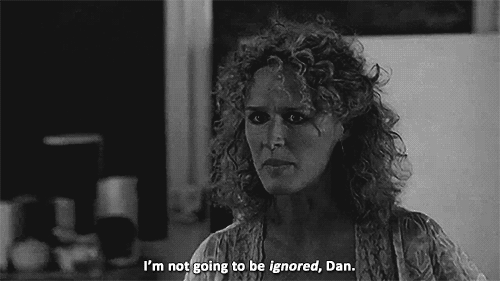Prologue: In a city where the tally of unsolved murders reach the triple digits each year, it is still surprising when a homicide detective’s murder becomes a cold case in Baltimore City.
The November 2017 broad daylight shooting death of detective Sean Suiter in a residential neighborhood has reached its third anniversary. The one sketchy suspect description was quickly recanted by the one eyewitness (also a detective).
With each passing year, it looks more probable (and not just possible) that Suiter was lured to Bennett Place, trapped in the alley, put down like a dog in the street, and the crime scene (held by police for an abnormally extended time period) was staged to look like a suicide.
A bombshell press conference by Suiter’s grieving family broke through the typical blue wall of silence in May 2019 when they claimed that the 39-year old’s murder was an inside job. This occurred on the heels of the department pledging to investigate itself when it brought in a panel called the “Independent Review Board” (IRB) to review their casefiles and in their 2018 report arrived at a manner of death different that the coroner (suicide versus homicide).
To be clear, the Suiter family believes Baltimore police was involved in the murder of one of their own, and they are not alone.

Cops controlled the narrative and the neighborhood
Controlling the narrative about the possibility of Suiter being shot with his own service weapon that allegedly was found under his body was equally as important as controlling movement in and around the crime scene around the clock for days on end.
A sober look at the case reveals much of what local media outlets have “reported” is merely a regurgitation of Baltimore Police spin. Consider the source: maybe, just maybe, the department could be frantically covering up a murder, making it prudent for professional journalists to take what law enforcement said (and probably more important what they haven’t said) with a healthy dose of skepticism.
Coverage of the Sean Suiter homicide began with widely reported misinformation that he was shot as he knocked on doors following up on a year old triple murder in the west Baltimore community of Harlem Park. The public later learned that he was likely confronted in the alley (and not the lot) and that he was assisting another junior homicide detective (David Bomenka) with his murder case that happened just weeks prior.
Unfounded Accusation #1: Suiter was shot with his own gun.
Truth: That is pure speculation on four crucial fronts:
- BPD (poorly) reenacted the “discovery” of the bullet that they said killed him. This happened in front of cameras by members of the homicide unit after the crime scene unit had released the area coming up empty after digging in the exact same spot looking for other missing bullets. NOTE: The “evidence” was too damaged to run ballistics tests to try and determine if Suiter’s gun fired that bullet. All that can be proven is that the bullet dramatically “discovered” at the scene is the same type that is used by BPD. It is not hyperbole to state that Baltimore Police have made an artform out of planting evidence.

2. Suiter’s gun has a serial number. The public has have not been shown if the weapon tested has the same serial number as the Glock service weapon that was assigned to him.
3. The public should be comfortable assuming only that the bullet that killed Suiter likely came from one of the thousands of similar weapons issued by the Baltimore Police department.
4. Suiter may not have ever fired a gun that day. His hand were wiped clean by an overzealous (unidentified) hospital employee, police said. While the report spends an inordinate amount of time discussing the blood on his sleeve, no mention was made of whether gunshot residue (GSR) tests were performed on his shirt or his jacket. Also curious is that BPD originally reported that blood was recovered on his suit jacket and was later changed to his sleeve for no apparent reason once the suicide theory took hold. No explanation is provided for the absence of any photographs on either Suiter’s jacket or his shirt before the IRB became involved a whole year after the shooting.

Unfounded Accusation #2 : Suiter fell on his gun.
Truth: No one has come forward saying they saw Suiter fall or can definitively say where his gun was before he was moved into the patrol car:
At best, the detective with Suiter is an unreliable witness (also a tradition at BPD) and at worse he saw who killed the detective, manipulated the crime scene and/or took part in the cover up. Only photos grabbed from body worn cameras (BWC) of responding officers were provided to the press and there have been no statements attributed to any specific individual saying he or she saw the gun under his body.
It’s not out of the realm of possibility that BPD planted a gun at the scene, removed it and submitted one into evidence and claimed it to be Suiter’s. Ironically, Suiter was scheduled to testify about how multiple Baltimore police officers conspired to hide an illegal fatal car chase by planting evidence that sent two innocent Black men to prison rather than admit they were merely speeding.
NOTE: BPD was reprimanded by the IRB for the contaminated crime scene and “recovery” of a service weapon from the trunk of a patrol car belonging to an unidentified officer at some unspecified time that was logged into evidence as Suiter’s gun.

- In his official interviews, according to the IRB report, homicide detective David Bomenka changed his version of what he saw: included seeing a. Suiter in the act of falling, b. having just collapsed to the ground and c. having had already fallen. But he was was steadfast that he didn’t see a gun in his hand; he only said that he saw gun smoke near Suiter.
- Most surprisingly, we don’t know if Bomenka saw or heard Suiter on his departmental radio. There was a transmission of Suiter sounding like he was in distress just as he was shot, according to officials. That would be a question worth knowing the answer to.
- When back up officers arrived once Bomenka (or someone) called 911 (the public has not heard the recording either), the photo from the BWC and presented in the IRB report is out of focus and unclear. The peculiar wording indicates the officers “could see” the gun, not that they did see or even that said that they saw the gun. It’s a crucial distinction.
The newspaper of record in March 2018 reported as fact that Suiter’s gun, “freshly fired” was underneath his body when responding officers arrived. It’s important for responsible journalists to distinguish what police said and attribute their claims to the source as opposed to offering up speculation as factual information to a trusting public that journalists have not independently verified or obtained similar statements from multiple sources on the record.
Out of many, the most absurd claim is IRB’s determination that Suiter’s weapon undisputedly fired the fatal shot as it defies logic. First, they tested the blood on the gun BPD found in the patrol car of an unnamed officer who presented it as the same gun that was “freshly fired” that no one saw under his body. Voila, the blood tested on the gun gift wrapped to them matched Suiter’s DNA. Mind you Suiter was transported in a patrol car to the hospital bleeding from a head wound. Whoever removed the gun from the crime scene had ample opportunity to place blood on a service weapon – either a random service weapon or actually the one that belonged to Suiter.
IRB’s suicide theory would have been a more convincing claim had the IRB report included:
- the serial numbers of Suiter’s assigned weapon showing they matched the gun tested
- the gun tested was the exact same one was recovered at the crime scene (instead of a car trunk), but there are no crime scene photographs of where the gun was found making this impossible
- BWC that clearly captured arriving officer’s discovery of the gun under his body as he was rolled over that may or may not be available
- crime scene photos of the location of the gun and the bullet that no one thought to take
- whether or not Suiter’s DNA was found on the “recovered” bullet
- if bullets and casings didn’t just magically disappear from the scene after Suiter died

Missing from the report is exact amount of blood splatter reportedly on the gun that IRB tested for DNA recovered and tested from the barrel and gun surface. An assessment should be made about whether Suiter’s blood found on the weapon is consistent with someone adding blood to it, or if it is likely that the blood was from a single shot being fired at close range near someone’s head. The IRB made a similar splatter determination with blood photographed on the sleeve, but did not do so with the “smoking gun.”
The problems with a complicit media
So many questions remain unanswered about the investigation, despite the IRB. Last year, a second review of the case by Maryland State Police (MSP) was conducted, but to date no report was released to the public. Unlike the IRB, MSP did not conduct a press conference leaving media outlets to get the finding from Commissioner Michael Harrison. Without any scrutiny from the public, MSP concluded that Suiter shot himself in the head after firing three or more shots into the air before shooting himself.
Neither panel brought in by Baltimore Police department to “investigate” their investigation reported on the lockdown of Harlem Park and BPD certainly didn’t request that either group look into whether it was possible that anyone manipulated the crime scene as part of a wider cover up.
As long as the case remains open, public access to documents remain shielded. Harrison, the fourth commissioner since the shooting, had called the investigation closed after MSP’s findings, only walk it back once the State’s Attorney’s office countered him by calling it an open and pending matter last year as the second anniversary of Suiter’s death approached.
Even with what little is known, it should be at least clear that beyond statements attributed to David Bomenka, nothing reliable has been presented that 1. Suiter was shot with his own service weapon or 2. that his body fell on a smoking gun. Such reporting is far from fact and closer to fable. What is discernable from the reporting is that members of the media were not able to view BWC, did not hear the 911 call for help, have not spoken with any investigators on the record, or even been given witness statements to read.
In advance of the August 2018 IRB report the Baltimore Sun used unnamed and anonymous sources to float out the idea that Suiter shot himself in the head and then fell on his “freshly fired” gun as “new details”.


Residents in the community heard between four and five gunshots according to news reports. Miraculously, after occupying the neighborhood for a week, the crime scene unit was unable to recover a single bullet, although they did retrieve three casings near where he lay dying in the lot. There’s no definitive proof offered that the recovered casings in any way matched Suiter’s weapon, yet the IRB said without hesitancy that they came from his gun, presumably because they were recovered near his body. The leaps in this reasoning might not be judged as too far fetched- had they found the other missing bullets that went into the air but didn’t come down where they could be easily found even after a week of looking for them.
Regrettably, mainstream media in real time shrugged at the occupation of West Baltimore during this entire process, arguably because of the nature of the crime makes them sympathetic to the dangers of law enforcement and more subtlety because the color of the skin of the people complaining about overreach made their claims less newsworthy. Although in November 2019 the ACLU heard the complaints and filed a lawsuit against BPD which did gain media attention.
To any casual observer, the unprecedented 24/7 lockdown of the neighborhood had nothing to do with looking for a shooter, or finding bullets (since they came up empty on both fronts) but served to manipulate the scene and make sure any concocted story would match witness accounts prompting a social media hashtag #FreeWestBaltimore.



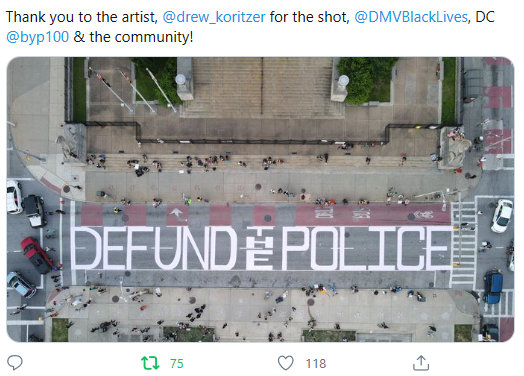
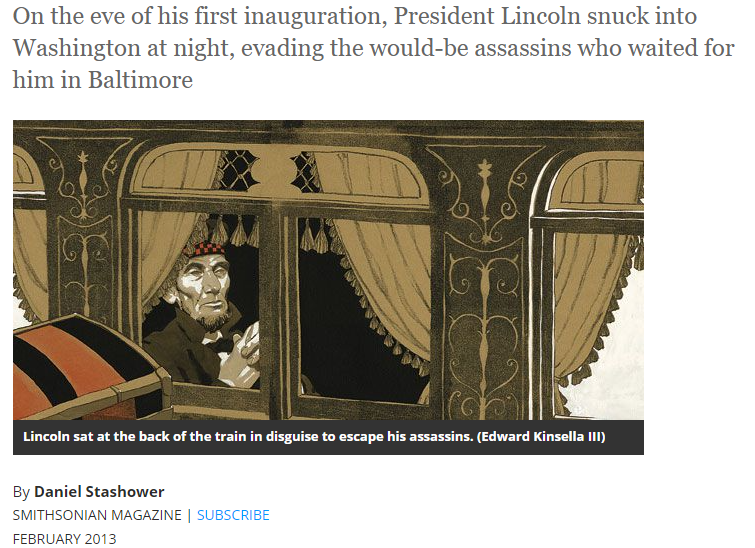


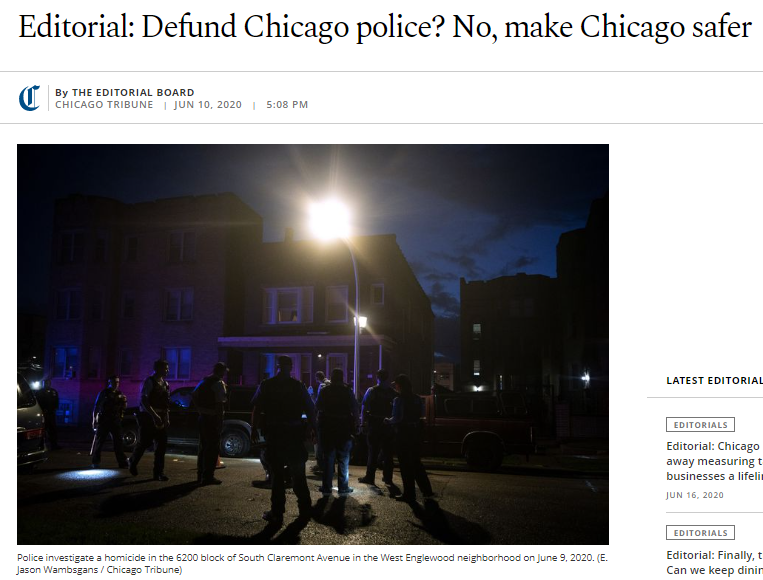




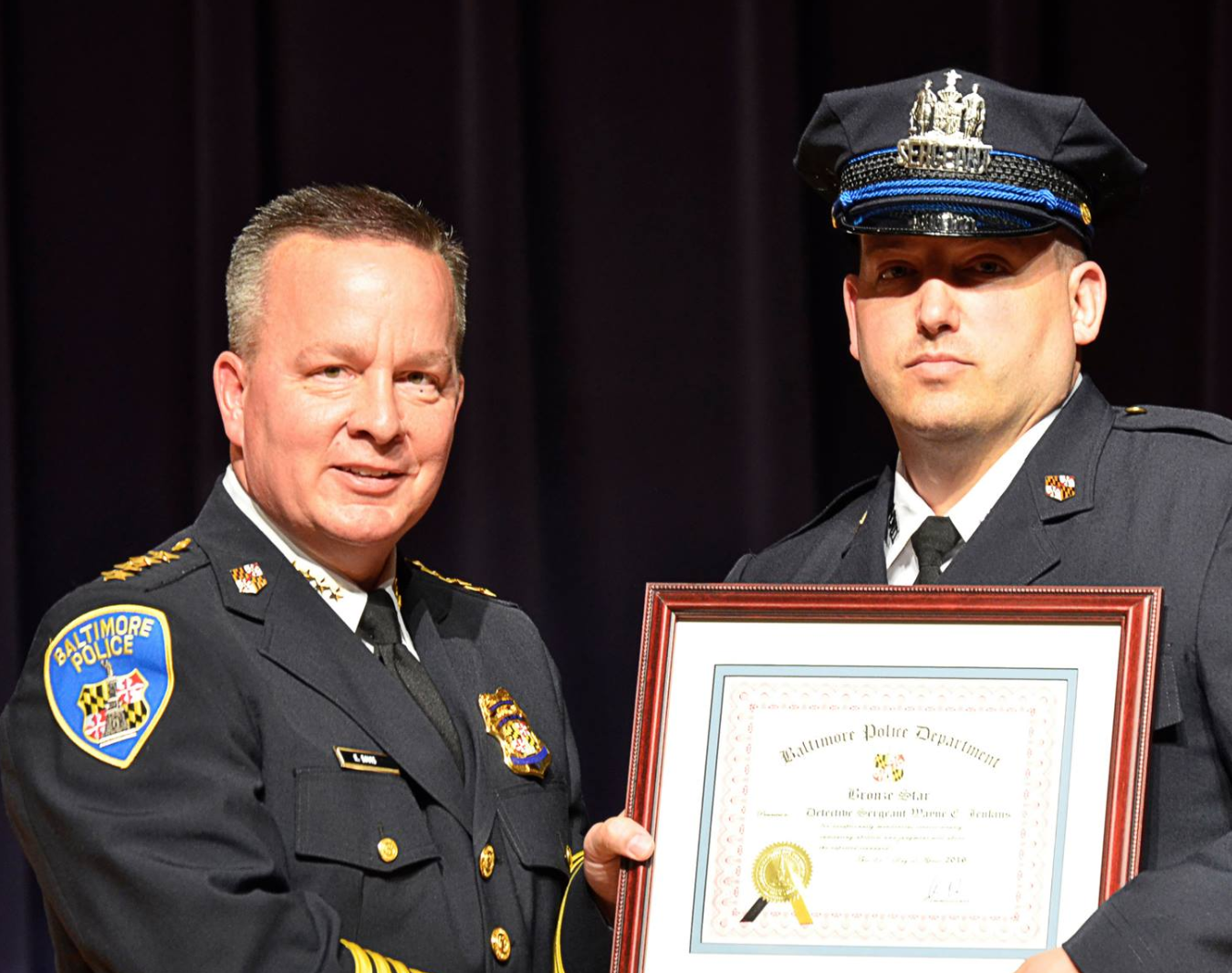
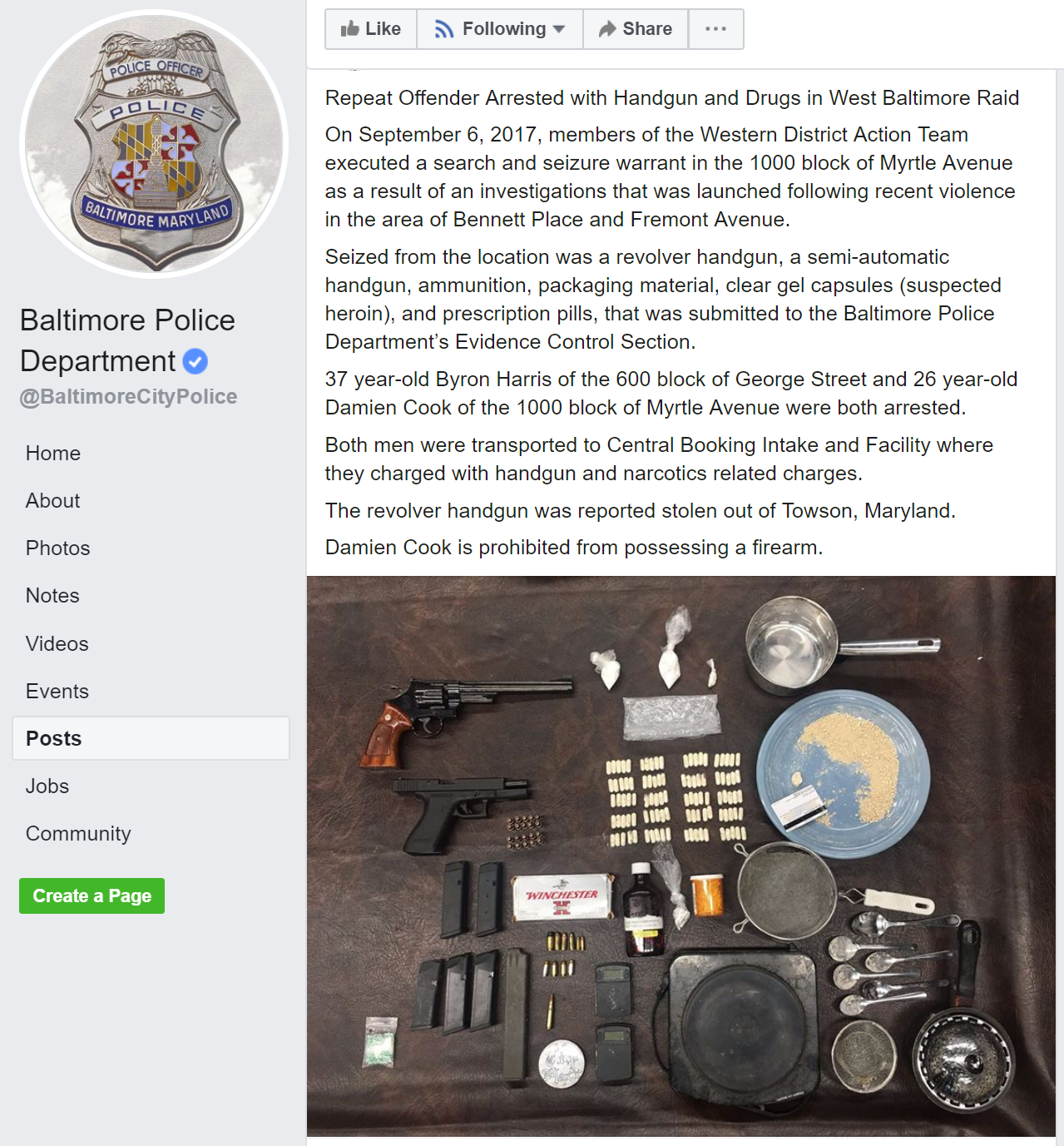
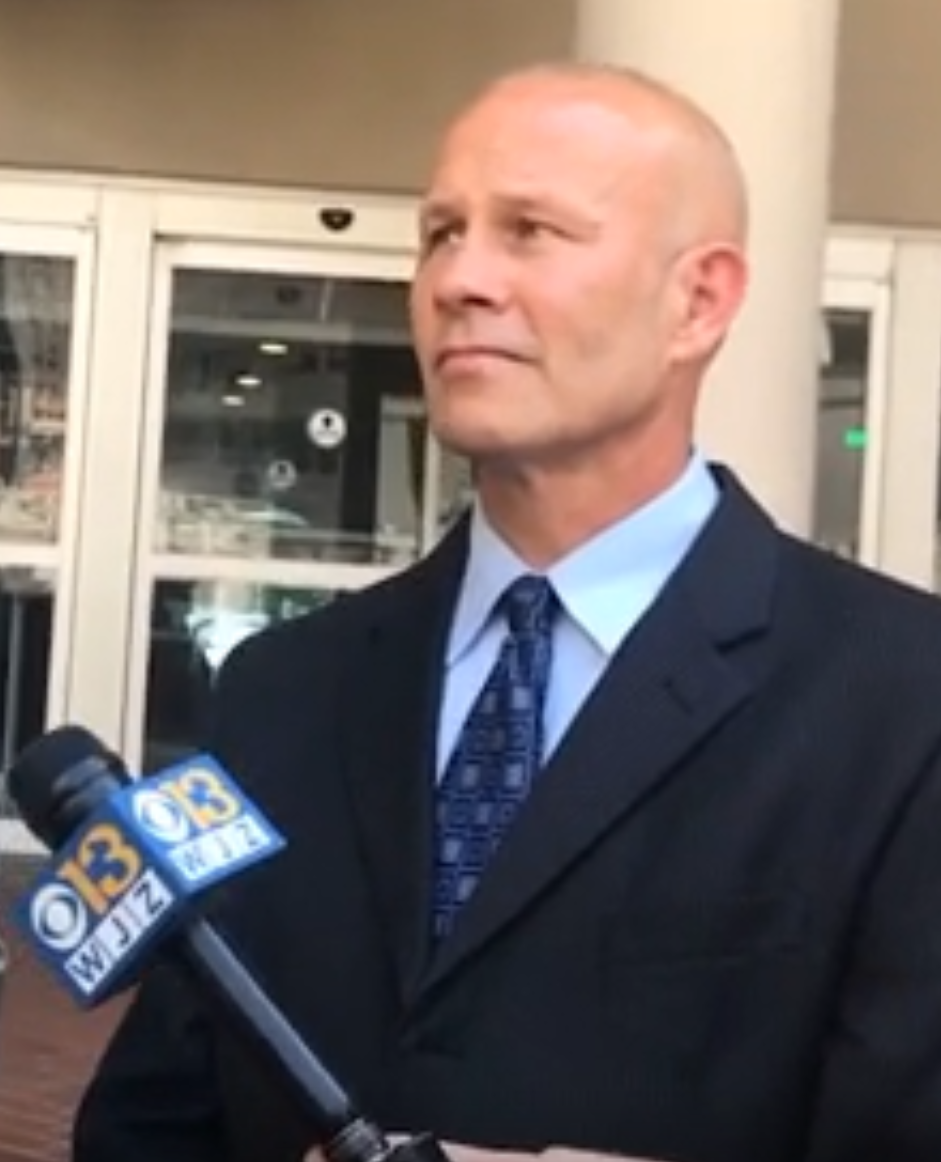

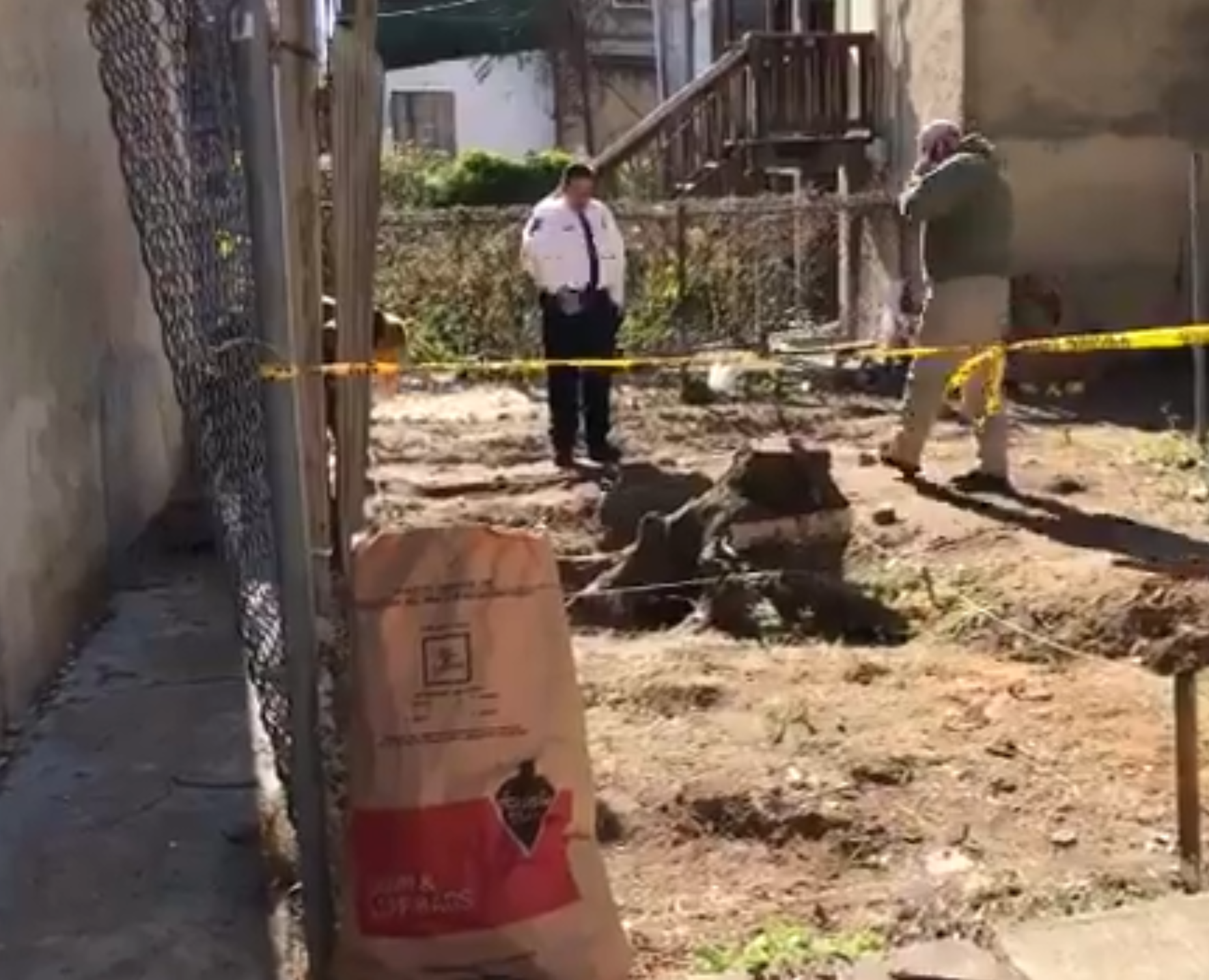
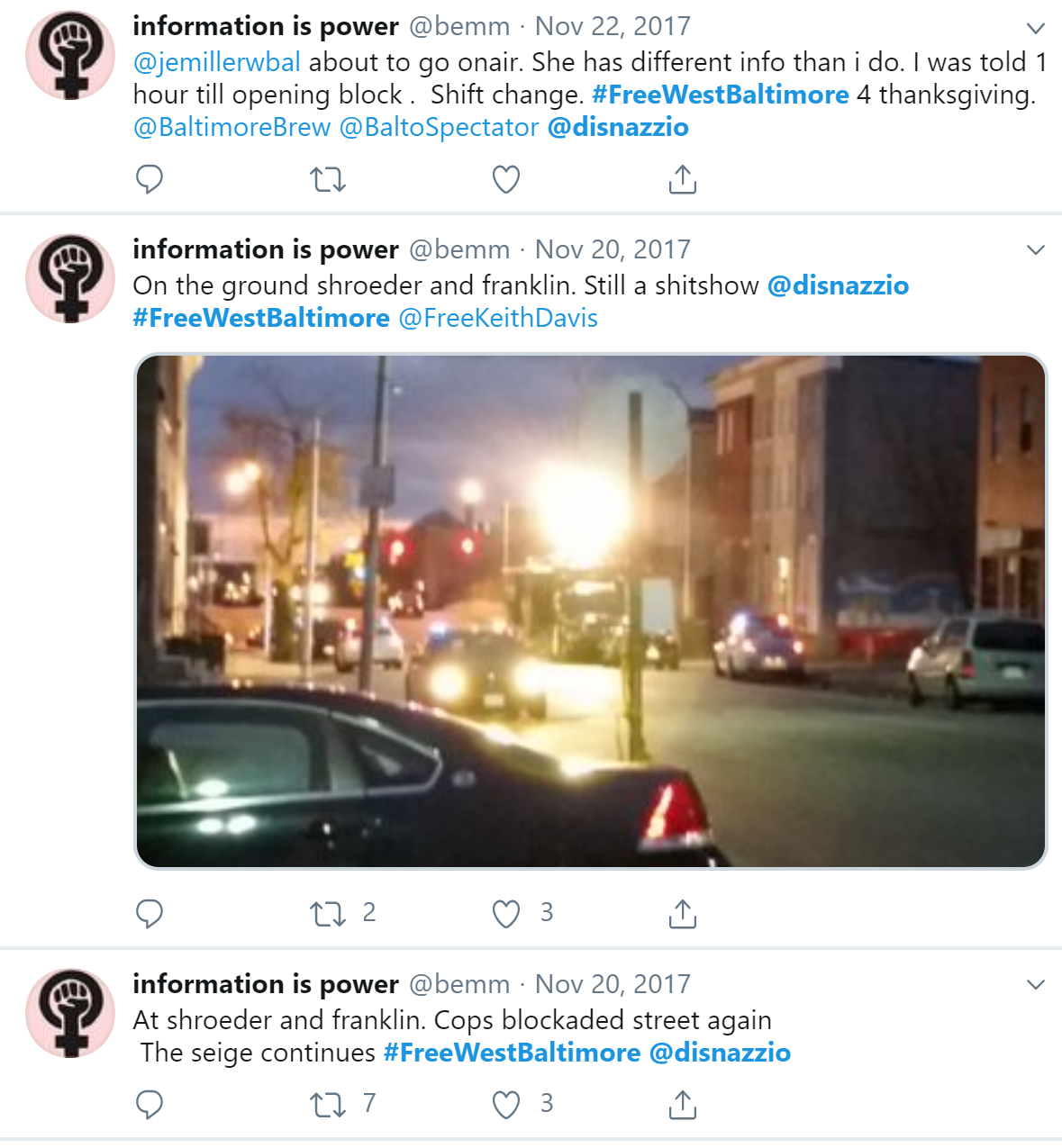


 While there hasn’t been a murder on Bennett Place since Sean Suiter’s, there has been plenty of violent murders prior.
While there hasn’t been a murder on Bennett Place since Sean Suiter’s, there has been plenty of violent murders prior.
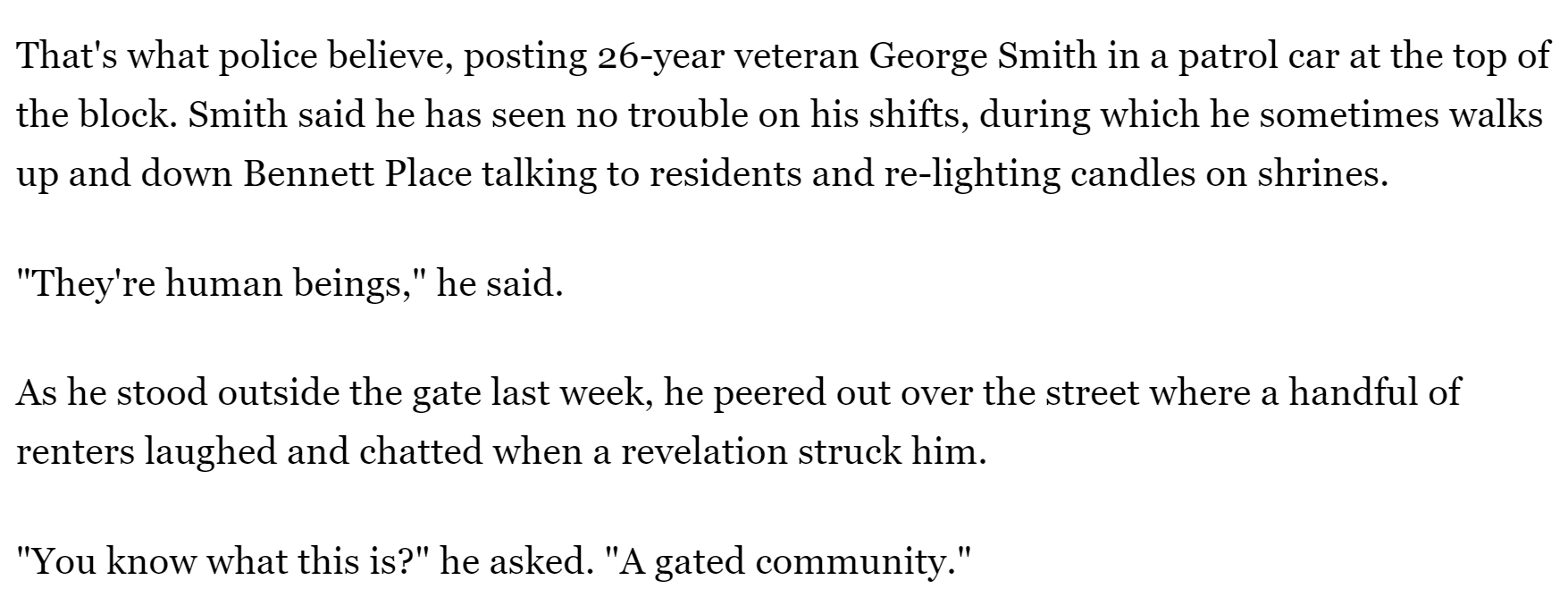


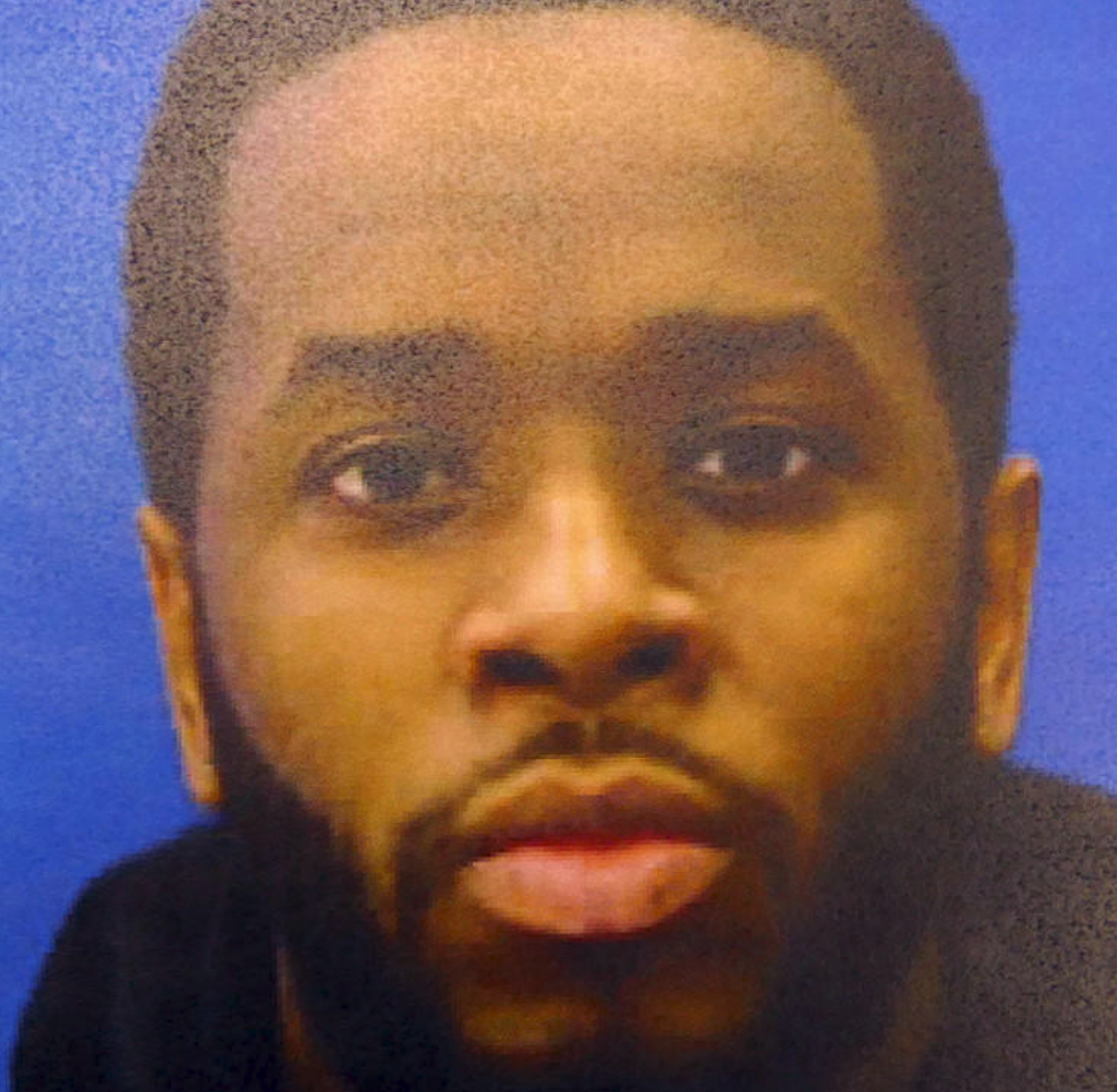
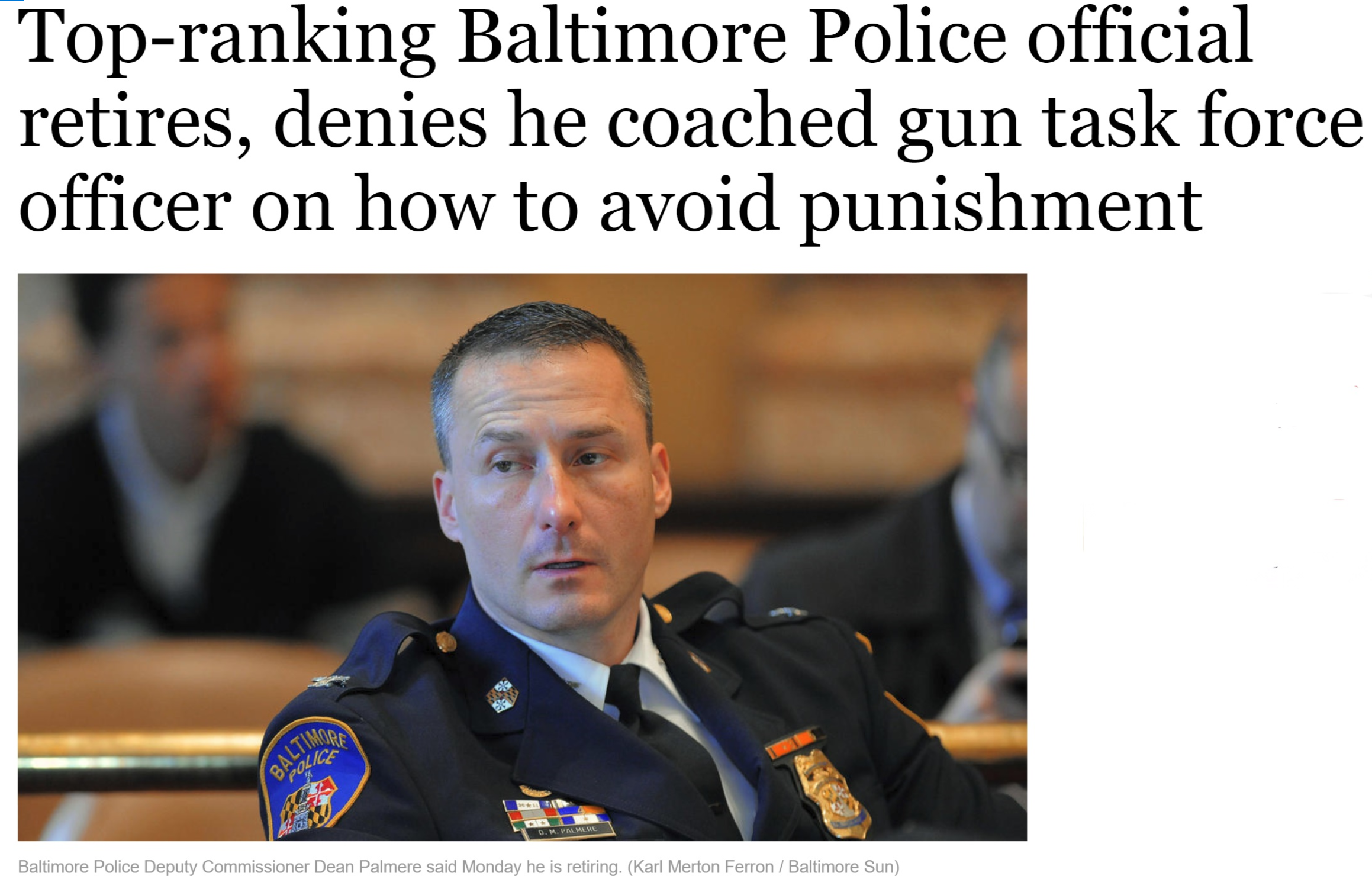
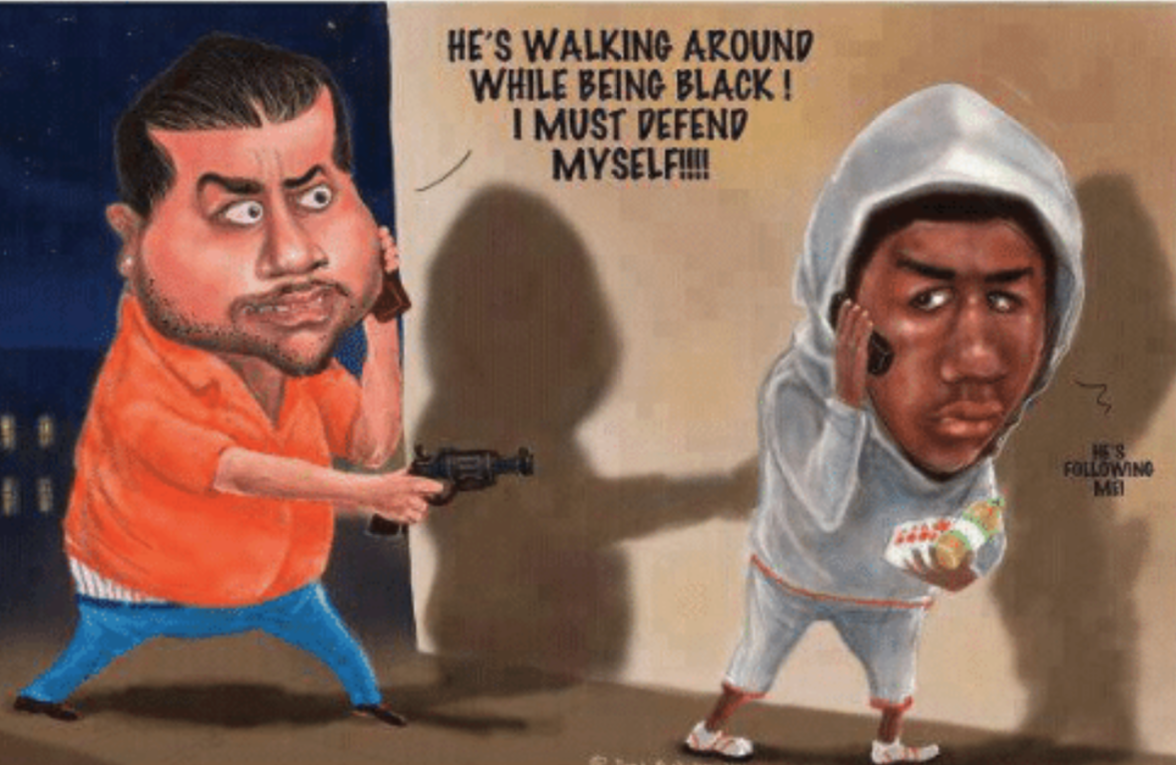
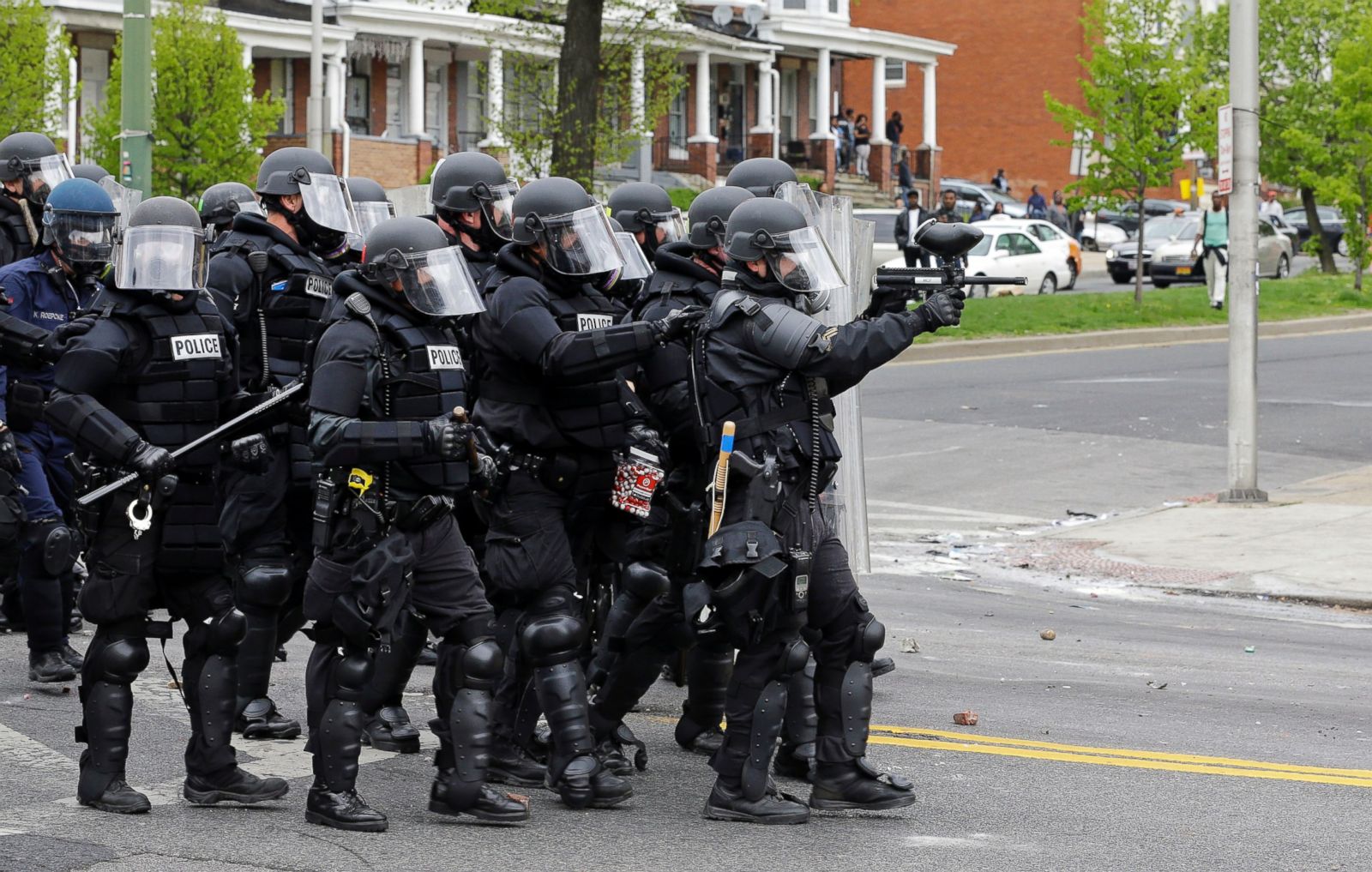



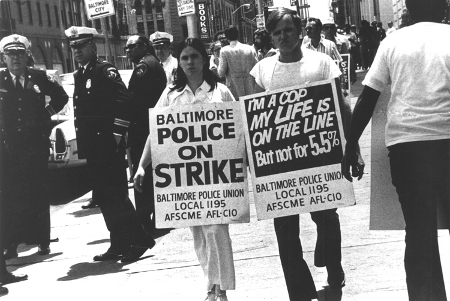
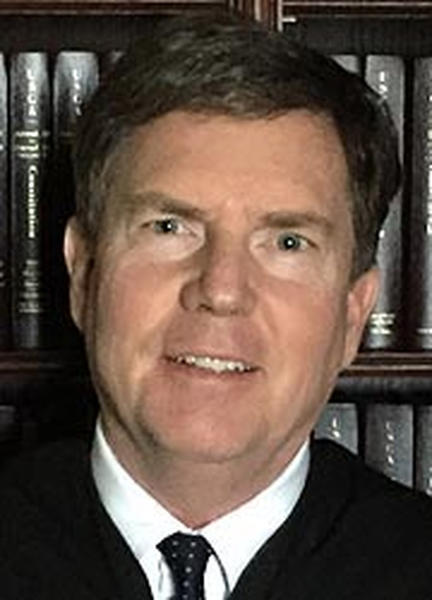
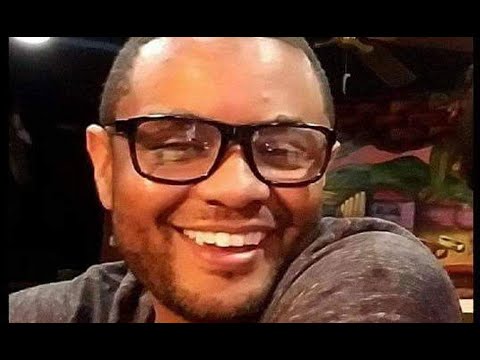
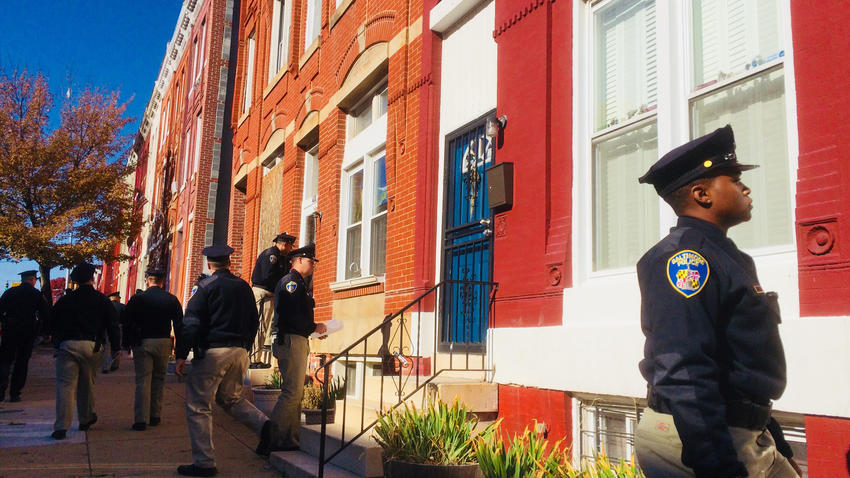
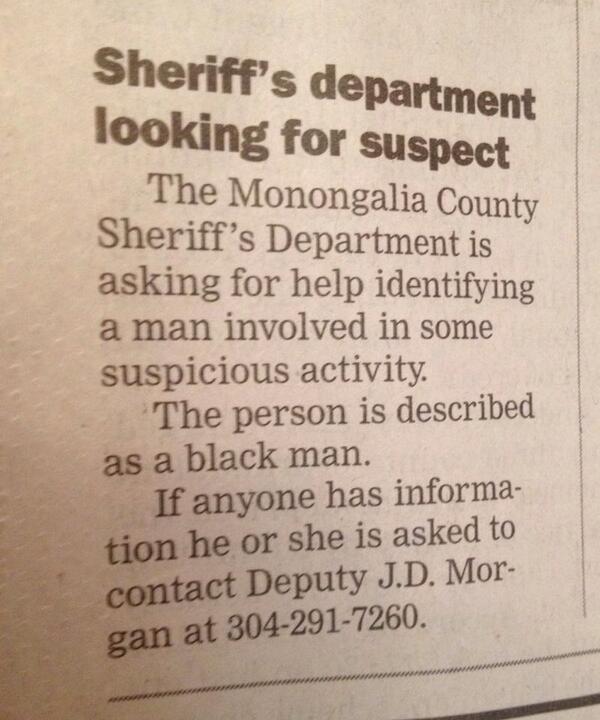



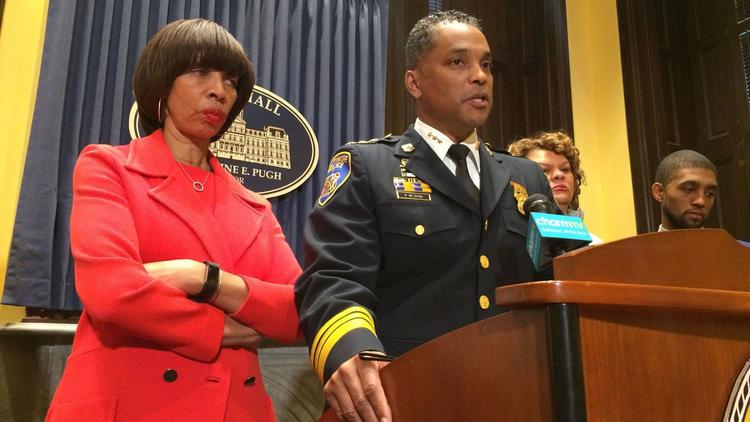
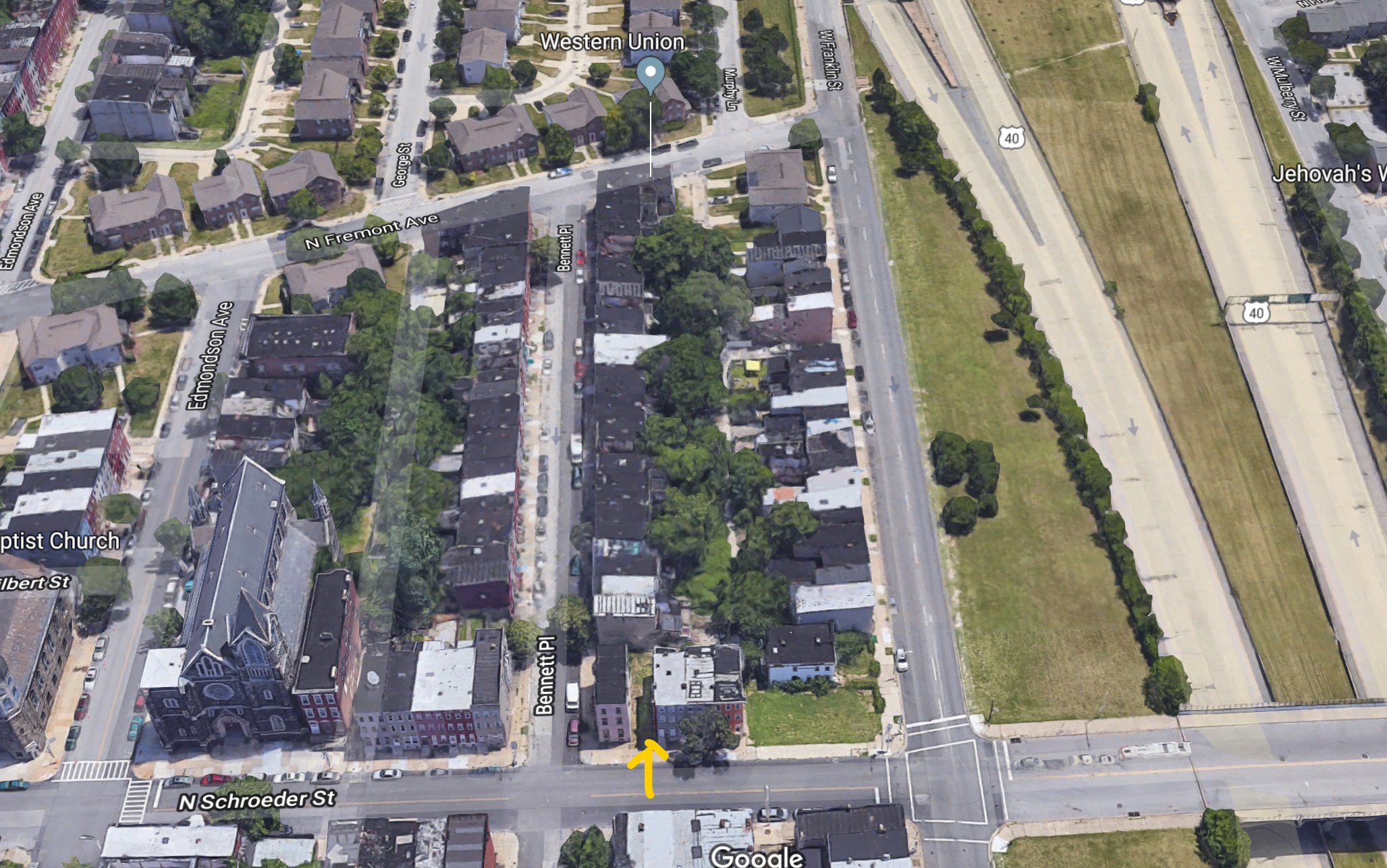


 supposedly “law enforcement officers.” The chorus is becoming increasingly
supposedly “law enforcement officers.” The chorus is becoming increasingly  d enslavement with the full support of the U.S. government under the Fugitive Slave Act. Not much has changed in the 166 years since. A civic’s lesson isn’t required to understand the nation’s past, either recent and distant, with regard to racial injustice. So let’s start with most recent.
d enslavement with the full support of the U.S. government under the Fugitive Slave Act. Not much has changed in the 166 years since. A civic’s lesson isn’t required to understand the nation’s past, either recent and distant, with regard to racial injustice. So let’s start with most recent.

